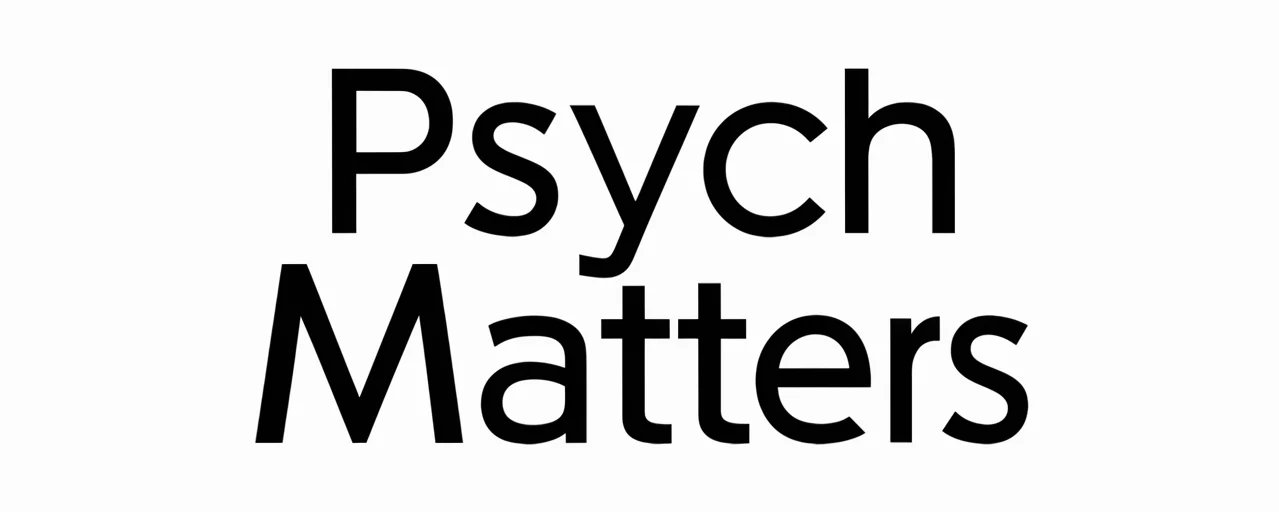The Psychology of Rituals in Groups: How Shared Actions Forge Connection, Emotion, and Performance
Opening the Circle: Why Group Rituals Matter
Within group psychology, rituals are more than symbolic gestures—they are structured, repeated actions that serve core psychological functions. Evidence from an integrative review shows that group rituals help regulate three primary domains: social connection, emotional states, and performance goals. Whether through religious ceremonies, initiation rites, or cultural rituals, these shared practices generate a sense of meaning and predictability that strengthens the bonds among members.

Rituals work through both bottom-up processes such as synchronized movement or repeated phrases, and top-down mechanisms that derive significance from shared symbolic meaning. This duality makes them powerful tools for enhancing group cohesion and identity.
Tying the Knot: Rituals and Social Connection
Participation in collective rituals has a measurable impact on social bonding, group belonging, and identity formation. Research published via empirical studies on children demonstrates that engaging in synchronized, symbolic activities increases in-group preference and cooperative behavior. These effects reinforce social solidarity and maintain distinct group boundaries.

Key ways rituals enhance social connection include:
- Creating shared experiences that promote community bonding.
- Signaling group membership through unique gestures, attire, or chants.
- Strengthening collective identity via repeated participation.
Anchored in social psychology principles, these findings align with social identity theory, which posits that groups foster in-group favoritism through shared traditions.
Heartbeats in Sync: Emotional Regulation Through Rituals
Beyond bonding, rituals function as emotional regulators, particularly during periods of stress, grief, or uncertainty. Structured ceremonial practices can induce feelings of calm, predictability, and collective support, mitigating anxiety or fear. As noted in the review of ritual functions, the repetitive nature of rituals promotes emotional stability by:

- Providing a framework for expressing and processing difficult emotions.
- Creating a safe space for communal grief or celebration.
- Synchronizing participants’ behaviors and potentially their physiological states, supporting emotional contagion and empathy.
Rituals as Performance Catalysts
Group rituals can enhance readiness and focus, functioning as performance catalysts in both competitive and cooperative contexts. Whether in sports teams, military units, or workplace groups, pre-task rituals align participants toward shared goals. Studies indicate that rituals increase feelings of control and preparedness, which can reduce performance anxiety and improve focus.

Mechanisms include symbolic behaviors that signify transition into a high-performance mindset, as well as the motivational boost from collective participation, a finding echoed in psychological models of ritual.
The Mind Behind the Movement: Cognitive Mechanisms of Rituals
From a cognitive science and cultural anthropology perspective, rituals engage multiple mental processes. The cognitive and evolutionary analysis of rituals identifies several key mechanisms:

- Normative scripting – Prescribed sequences of actions make rituals predictable and easy to transmit across generations.
- Identity signaling – Public performance of unique group rituals increases trust and cooperation within the group.
- Magical thinking and contagion beliefs – Ritual actions are often imbued with symbolic meaning, reinforcing group traditions.
- Temporal structuring – Rituals create regularity in the social calendar, organizing communal activities.
These mechanisms have evolutionary significance in fostering collective behavior and stable group dynamics.
Beyond Ceremonies: Rituals in Work and Organizations
Ritual behavior extends beyond religious or cultural contexts into organizational life. According to research on work group rituals, repeated symbolic practices—such as shared meal traditions, weekly recognition moments, or pre-meeting routines—enhance the meaning of work, foster group unity, and maintain motivation.
Organizational rituals differ from purely functional routines in that they convey symbolic meaning and reinforce group traditions and values. Their benefits include:
- Reinforcing workplace culture and identity.
- Facilitating social integration among diverse teams.
- Strengthening commitment and mutual support within workgroups.
Closing the Circle: The Enduring Psychology of Group Rituals
The psychology behind group ritual participation underscores their power in shaping human social life. Across contexts—from tribal behavior to modern organizations—rituals remain a central means of fostering connection, regulating emotions, and enhancing collective performance. Their blend of symbolic action, shared meaning, and cognitive engagement explains why they endure across cultures and eras, sustaining the bonds that hold human groups together.







